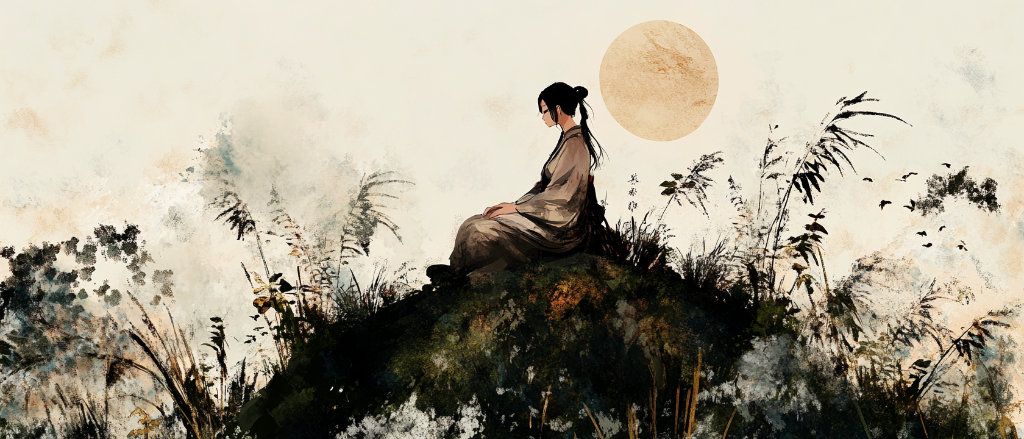The Origins of Tengei
The Path of Tengei finds its roots in the ancient shamanic traditions of Japan, long before the establishment of formalized religions like Shinto or Buddhism. During the early periods of Japanese history, a profound connection with nature formed the backbone of spiritual practices. Shamans, often serving as intermediaries between the physical and spiritual worlds, played a vital role in guiding communities, performing practical spiritual techniques, and maintaining balance with natural forces. These practices were not isolated to Japan but formed part of a broader, worldwide shamanic spirituality with connections that extended throughout Asia and beyond. In this ancient landscape, the seeds of Tengei were sown, embodying the principle that humanity and nature are inextricably linked.

As centuries passed, the cultural and spiritual landscape of Japan evolved, bringing with it new developments in philosophy and ritual practice. During the late fifteenth and early sixteenth centuries there was an effort to take Japanese spirituality back to its shamanic roots - this movement sought to reconcile native shamanism with other spiritual perspectives, blending its practices with broader philosophical insights to create a structured and adaptable spiritual philosophy. The teachings that emerged laid the groundwork for aspects of Tengei, particularly the idea of harmonizing traditional practices with evolving societal and spiritual needs. The influence and vision of this period is evident in how Tengei serves both as a pathway to personal enlightenment and as a means to achieve harmony within larger communities.
The nineteenth century brought another wave of transformation with the emergence of shamanic shinshukyo, or "new spiritual movements," that profoundly influenced Tengei's development. These movements, many of which combined elements of indigenous shamanism with imported spiritual ideas, aimed to address the spiritual and social discontent of a rapidly modernizing Japan. Shamanic shinshukyo embraced the mystical and intuitive aspects of shamanic traditions while incorporating practical teachings for everyday life. These ideas resonate deeply with the core philosophy of Tengei, further enriching its holistic approach by integrating teachings that are adaptable to the needs of contemporary individuals and communities.

Through the blending of these cultural and spiritual influences, Tengei has become a unique and comprehensive spiritual path. It integrates the three essential aspects of Seiki, the vital life force that connects all things; Odori, a dynamic expression of spiritual movement often manifested through spirit dance; and Kaeshi, which serves as a conduit for promoting balance and harmony in order to resolve conflict. Together, these practices form a holistic philosophy that bridges ancient traditions with modern practicalities, offering a natural way of life and a practical guide to harmonious living.
In essence, Tengei is both a spiritual practice and a philosophy, deeply rooted in Japan's ancient past while dynamically incorporating universally applicable ideas that emphasize adaptability and community. It reflects a timeless understanding of humanity's place within the natural world, serving as both a continuation and an evolution of shamanic traditions and wisdom that stretch back millennia.